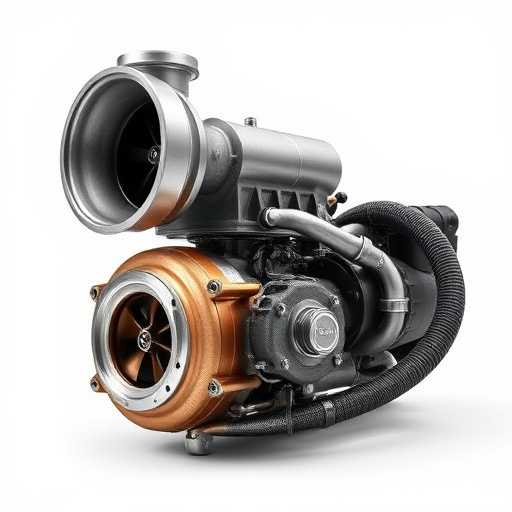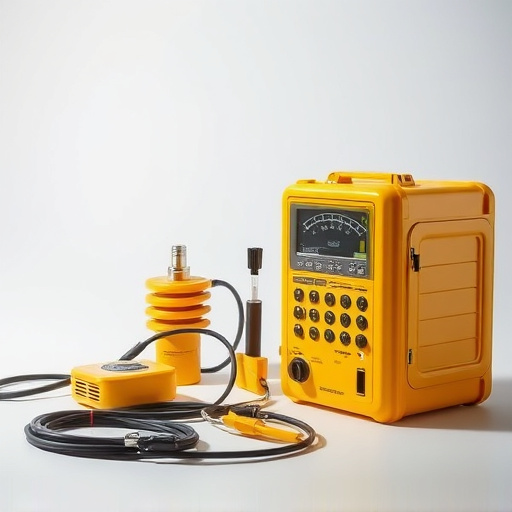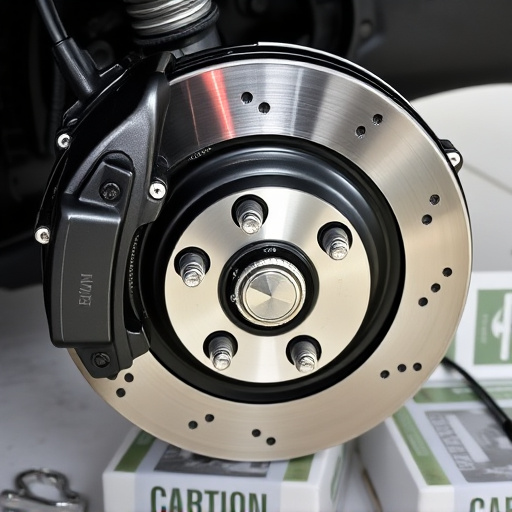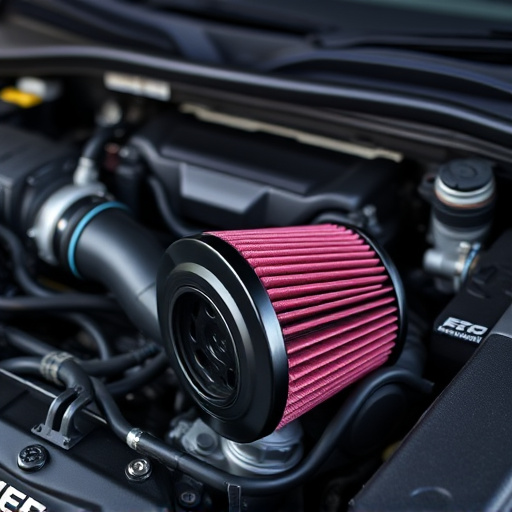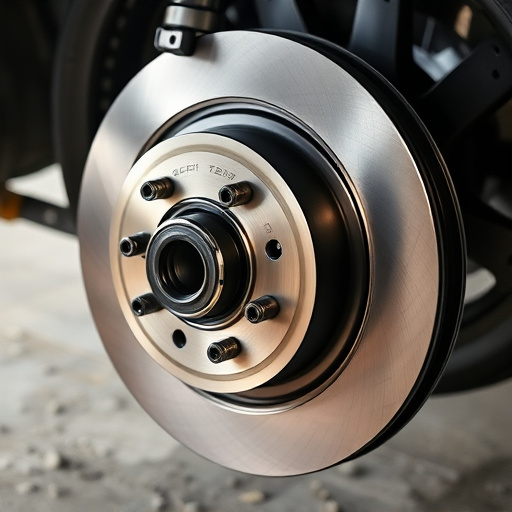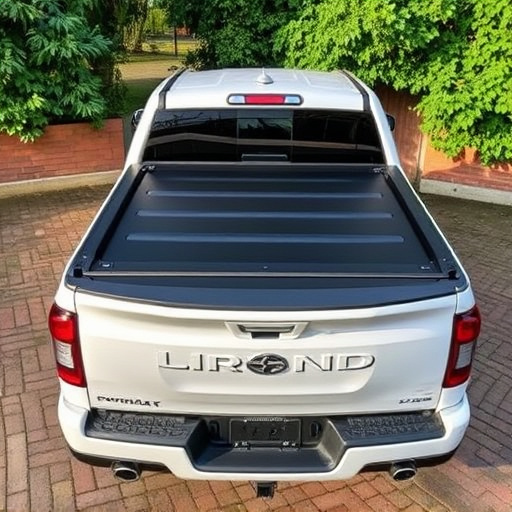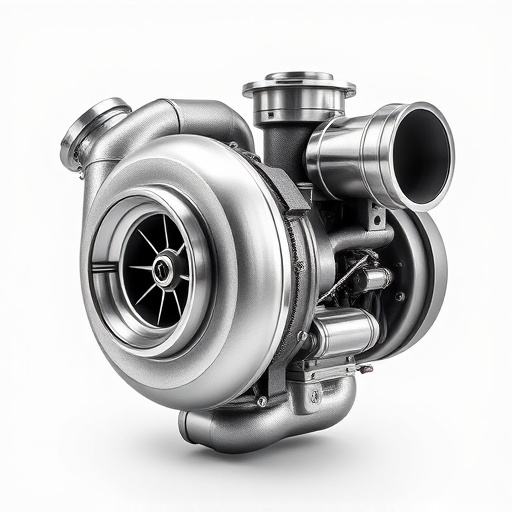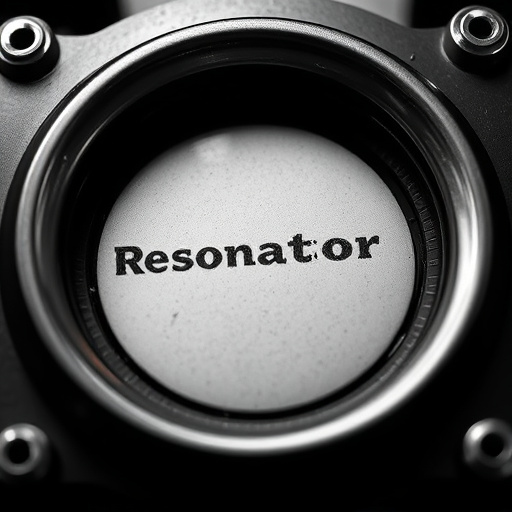Performance air filters enhance vehicle engines by trapping tiny particles while maintaining airflow, crucial for modified cars with turbo or supercharged systems. Integrated into cold air intake kits, they collaborate with exhaust components to boost power delivery and increase horsepower/torque. Regular cleaning or replacement is vital to preserve these benefits, depending on driving conditions and environmental factors like dust accumulation. Safety precautions during cleaning include parking on a level surface, using safety goggles, ensuring proper ventilation, and referring to the vehicle's owner manual.
“Uncover the optimal cleaning routine for your performance air filter—a crucial component enhancing engine power and fuel efficiency. This comprehensive guide explores the science behind these filters, delving into factors that dictate cleaning frequency, from driving conditions to environmental factors. We provide a detailed step-by-step process, ensuring you maintain peak performance. Discover when and how often to clean your performance air filter for sustained engine health and improved vehicle dynamics.”
- Understanding Performance Air Filters and Their Functionality
- Factors Influencing Cleaning Frequency
- A Step-by-Step Guide to Cleaning Your Performance Air Filter
Understanding Performance Air Filters and Their Functionality
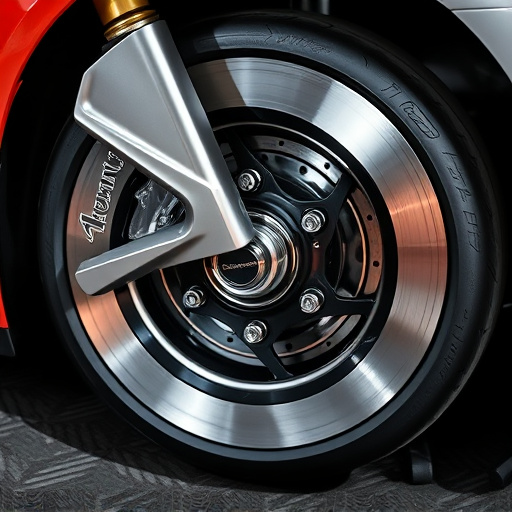
Performance air filters are designed to optimize airflow and power in high-performance vehicles. Unlike standard filters, they feature advanced materials and finer mesh sizes to trap smaller particles while allowing maximum air flow, ensuring your engine receives a consistent stream of clean, rich air for efficient combustion. This is especially crucial for modified cars with enhanced engines or those equipped with turbochargers or superchargers, where even the smallest debris can cause significant damage.
These filters are typically located in the intake system, often as part of a cold air intake (CAI) kit. They work hand-in-hand with other components like exhaust mufflers and exhaust systems to enhance overall engine performance. The effectiveness of a performance air filter complements the functionality of high-performance parts, allowing for smoother power delivery and potentially increasing horsepower and torque. Regular cleaning or replacement is essential to maintain these benefits as dirt and debris buildup can restrict airflow, negating the positive effects of these advanced filters.
Factors Influencing Cleaning Frequency
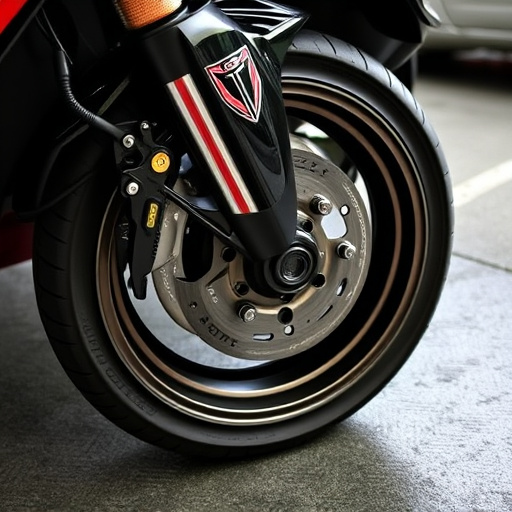
Several factors determine how often you should clean your performance air filter. One key factor is the driving conditions and environments you frequently encounter. If you primarily drive in urban areas with frequent stops, starts, and low-speed traffic, your air filter may require more frequent cleaning due to increased dust, dirt, and debris accumulation. Conversely, if your commuting involves mostly highway driving at consistent speeds, the intake components may stay cleaner for longer periods.
Another influencing element is the overall condition of your vehicle’s exhaust systems and muffler tips. Leaks or damage in these areas can draw more contaminants into the engine, necessitating more frequent air filter cleaning. Additionally, the design and functionality of your performance air filter play a role; some filters are built to be cleaner for longer, while others may need replacing after shorter periods due to their specific construction and the demanding conditions they face within the engine.
A Step-by-Step Guide to Cleaning Your Performance Air Filter
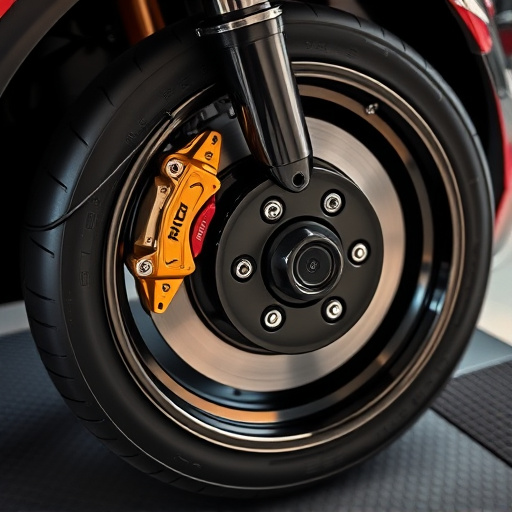
Cleaning your performance air filter is a crucial task for maintaining your vehicle’s optimal performance and fuel efficiency. Here’s a step-by-step guide to help you get started:
1. Safety First: Park your vehicle on a level surface, engage the parking brake, and allow the engine to cool down completely before beginning. This prevents any accidents while handling the hot components of your air intake systems. Put on safety goggles to protect your eyes from debris and ensure proper ventilation in the work area.
2. Remove the Air Filter: Locate your vehicle’s air filter, typically found in the engine compartment or within the cat back exhaust system. Refer to your vehicle’s owner manual if you’re having trouble finding it. Carefully remove the old air filter by unfastening any securing clips or brackets. Some high-performance parts might require additional tools for easy removal.
Regular cleaning of your performance air filter is key to maintaining optimal engine performance and fuel efficiency. While the frequency depends on various factors like driving conditions and climate, a general guideline is to clean it every 3,000 to 5,000 miles or every 3 to 6 months, whichever comes first. Following a meticulous cleaning process not only extends the filter’s lifespan but also ensures your vehicle inhales clean air, enhancing overall performance. Remember, a well-maintained performance air filter is essential for both engine health and sustainable driving.

